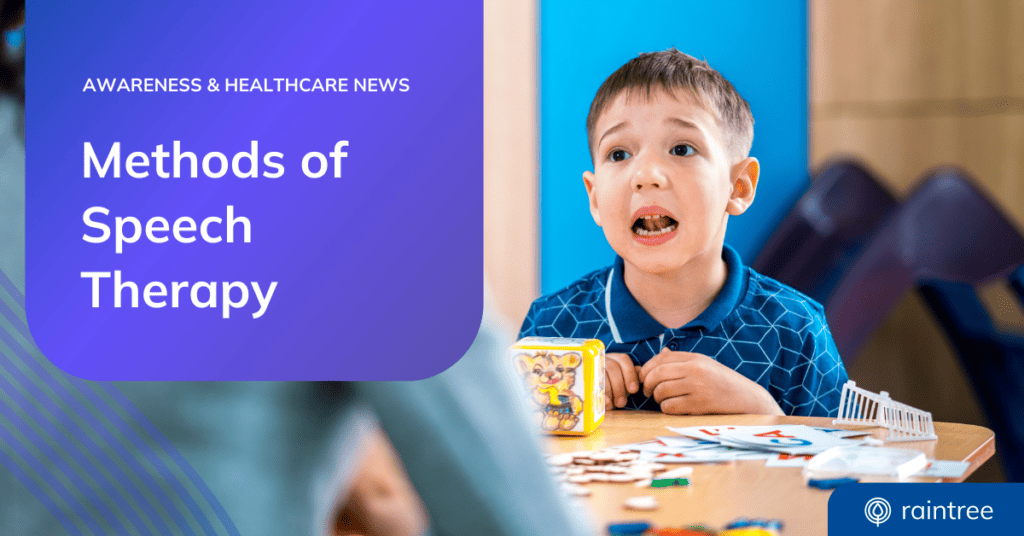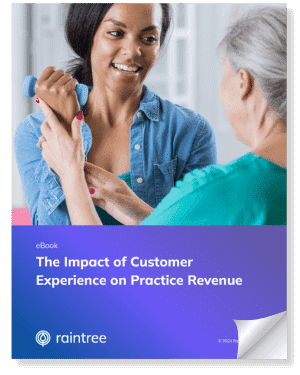
From mouth exercises and assistive technology to food textures and musical stimulation, there’s much more to speech therapy than just helping someone who is having difficulty speaking.
In fact, a speech-language pathologist (SLP) can create a personalized treatment plan for both children and adult patients who need help with speech, communication, or sometimes even swallowing.
What do Speech Therapists Do?
A speech therapist or speech-language pathologist can help with the prevention, assessment, diagnosis, and treatment of speech, language, and social communication problems. They may also address aural rehabilitation for the hard of hearing as well as treat cognitive-communication difficulties and swallowing disorders as a result of injury or other health conditions. Speech and language therapy modalities often address:
- Speech disorders. A child or adult with difficulty producing the sounds needed to form speech correctly, fluently, or face problems with their voice and resonance could benefit from a speech disorder evaluation.
- Language disorders. Speech-language pathologists can treat those who have trouble understanding what others are saying or have difficulty sharing their thoughts, ideas, and feelings.
- Social communication disorders. Children and adults with a developmental disorder or a traumatic brain injury may have trouble with nonverbal/verbal communication and can benefit from speech therapy.
- Cognitive-communication disorders. Speech-language pathologists offer rehab services for those struggling to pay attention, use problem-solving skills, or organize their thoughts and memories as a result of dementia, stroke, etc.
- Swallowing disorders. Speech-language pathologists often work with those who develop feeding and swallowing difficulties either in childhood or in the aftermath of an illness, injury, stroke, or surgery.
- Aural rehabilitation. Those who are hard of hearing or deaf may need the assistance of speech therapists and specialized tools to learn to communicate in different ways.
Speech Therapy for Kids and Childhood Conditions
Speech-language pathology doesn’t have a one-size-fits-all treatment. Some methods of speech therapy are created to benefit a child as they continue to develop, which could have redundant or unhelpful results for adults who need treatment for similar issues. Here are a few examples of treatment methods specifically aimed at pediatric speech and language difficulties.
- Childhood apraxia of speech. With this condition, the child can’t move his or her lips or tongue properly to make the sounds of speech. Therapy may use “touch” cues such as placing a finger on the lips when saying the “p” sound, looking into a mirror when speaking as a “visual” cue, and using a recorder as a “listening” cue to check the sounds produced.
- Late talkers. After ruling out developmental delays or disabilities, an SLP can work with a toddler that isn’t talking to stimulate speaking through play and other forms of communication such as picture cards or sign language. Motivating a child with toys or other rewards can also be very effective.
- Stuttering. While there is no single cause of stuttering, if it persists beyond 6 months, it is often considered a type of behavioral problem that needs addressing. In addition to behavioral modifications under the guidance of an SLP, treatment often involves both direct and indirect strategies – from actively adjusting how a child speaks to altering communication with a child so that they are more comfortable when they do speak.
Common SLP Treatment Methods
Many forms of SLP treatment are specialized for developing children, but many more therapy methods are effective for both pediatric and adult patients. While this isn’t a comprehensive list of treatment methods used by SLPs, it can provide some perspective on the scope of assistance a speech-language pathologist can provide.
- Aphasia. Many people deal with this condition as the result of a stroke. Identifiers for Aphasia may include difficulty reading, writing, and listening, which shares many symptoms with other conditions that SLPs may also treat. For aphasia and similar cognitive disorders, speech-language pathologists commonly use drills to improve targeted language skills, practice conversational skills in group therapy, and use gestures and writing to bolster communication skills.
- Swallowing Difficulty. Difficulties with swallowing and feeding are often displayed in childhood as messy eating or an aversion to certain textures and consistencies. In adults, swallowing disorders typically occur after injury or surgery. In both cases, patients may cough or choke while eating, have gurgled speech after a meal, or even start to lose weight. A speech-language pathologist will first focus on the patient’s nutrition, then assign exercises to strengthen the swallowing, chewing, and tongue muscles as well as experiment with different food textures.
- Aural Rehabilitation for the Deaf or Hard of Hearing. Among issues with verbal communication, speech-language pathologists can help those who are deaf or hard of hearing to communicate more effectively. Aural rehabilitation first uses a needs assessment to identify specific situations that may contribute to communication breakdown due to hearing loss, then aims to optimize the person’s ability to take part in activities. Beginning with an in-depth hearing evaluation, a prescription for a device such as a cochlear implant or a hearing aid is usually a pivotal component of this approach to auditory healthcare.
- Augmentative and Alternative Communication Systems. Speech-language pathologists can help someone communicate without talking by using augmentative and alternative communications (AAC) systems. According to the American Speech-Language-Hearing Association (ASHA), no-tech, low-tech, and high-tech AAC options are available.
Beyond these common forms of speech therapy for adults and children, many also respond well to more specialized treatment methods, such as music therapy.
Music, Speech, and Language Therapy
Speech-language pathologists have tapped into the power of music therapy as a specific medium of communication and expression. Music therapy may have a measurable effect on a child’s delayed sense of speech by providing basic, supportive treatment.
Music therapy is an evidence-based, allied health profession that seeks to accomplish individualized goals using musical instruments and interventions. A board-certified music therapist uses musical responses to assess physical and emotional health, communication abilities, cognitive skills, and social functioning.
A large part of music therapy’s success is that it makes use of the structural similarities between language and music, which may be easier for some patients to digest when working towards their communication goals. Some similarities that prove helpful include:
- Music and language are specific to humans and universal.
- Pitch, rhythm, timbre, and durational features are part of both language and music.
- Language and music utilize written systems built on structure and rules with vocal, visual, and auditory uses.
- Music and language exist in distinct forms across various cultures.
Difference Of Opinions
Despite the benefits, music therapists operating in the same field as speech-language pathologists is not without controversy. The American Speech-Language-Hearing Association (ASHA) and the American Music Therapy Association (AMTA) are at a crossroads regarding the scope of practice in each discipline. Many states have regulated music therapists in light of ASHA’s concern about infringement on the SLP’s scope of practice and billing conflicts when speech therapy and music therapy intersect.
ASHA opposes allowing music therapists to diagnose communication disorders and believes regulation of music therapy should not be under the same regulatory board that oversees audiology and speech-language pathology. ASHA’s position is that music therapists are not qualified to assess, diagnose or treat communication disorders and that these skills fall under the SLP scope of practice. There is also a question of reimbursement when both disciplines provide care on the same day and use the same billing codes designed for SLP services. This can lead to denial of reimbursement for one of either providers.
While ASHA takes a stand against music therapists fulfilling the functions that speech-language pathologists typically do, there is little to no issue with patients that have a communication disorder seeking music therapy to supplement treatment prescribed by an SLP, so long as it is billed under different codes. When considering therapy services, be sure to check the status of music therapy regulations in your state to ensure that there’s little confusion when it comes time for treatment and billing.
Managing Your Speech Therapy Practice with Raintree
From clinical documentation and billing tools to patient engagement and robust business intelligence features, your practice deserves a powerful, efficient, and flexible platform! Schedule a discovery call today with one of our experts to discuss how to increase your efficiency Raintree’s all-in-one EMR for PT, OT, SLP, and multi-disciplinary practices.
